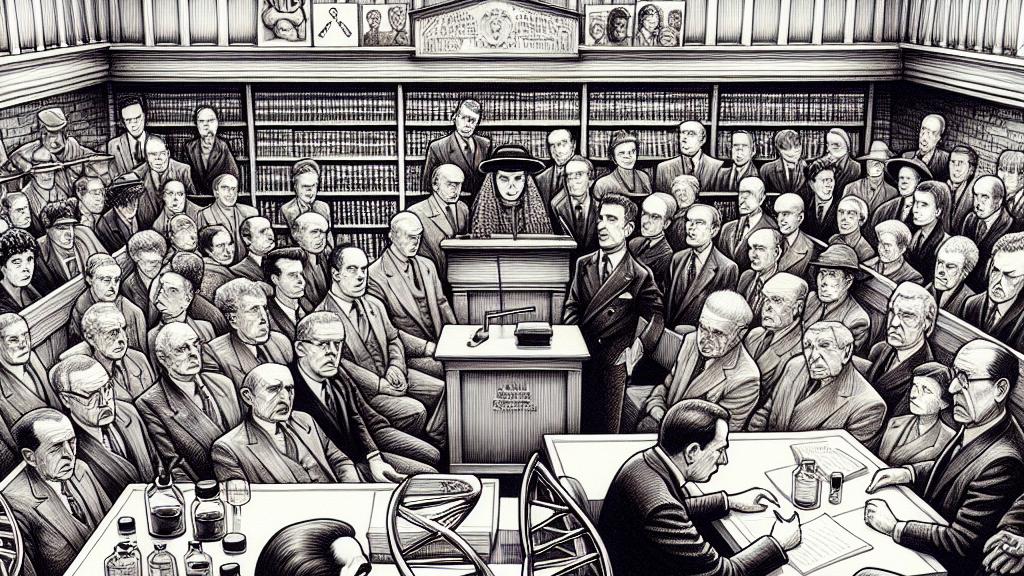Lessons from Historic Use of DNA Evidence in Australian Courts
Overview
- Australia broke new ground 35 years ago by incorporating DNA evidence into legal proceedings.
- The controversial trial of Desmond Applebee exposes critical flaws in scientific testimony.
- Understanding the potential misuse of DNA analysis is crucial to preventing wrongful convictions.

The Landmark Case
In November 2024, Australia commemorates a pivotal moment: 35 years since DNA evidence first set foot in its courtrooms, revolutionizing the legal landscape. The infamous case of Desmond Applebee serves as a symbol of this transformation. In the Australian Capital Territory Supreme Court in 1989, Applebee arrived in the spotlight as a primary suspect in a series of harrowing assaults against women, including the daughter of a prominent diplomat. The police connected the dots based on circumstantial evidence and past behavior typical of a serial offender. As investigations progressed, authorities turned to DNA analysis, inspired by its successful application in high-profile UK cases like that of Colin Pitchfork, which had fundamentally altered the concept of forensic investigation.
Scientific Interpretation Breakdown
However, the rush to leverage DNA technology brought along a host of complications. The Applebee trial showcased notable problems with how the scientific testimony was presented. Forensic experts discussed DNA's relevance with excitement yet neglected to illuminate the complexities involved, such as emphasizing that the evidence drawn from non-coding regions of DNA, oftentimes labeled as 'junk DNA,' isn't akin to fingerprints. This crucial aspect was overlooked, which led to a significant misunderstanding among jurors about the implications of the evidence's reliability. At one point, the prosecution boldly claimed a "one-in-165 million chance" of finding a match, creating a misleading aura of certainty that turned out to be far from assured. This highlights the need for forensic scientists to communicate effectively, ensuring jurors grasp the nuances behind scientific data—an essential step in preserving justice.
Lessons for Future Proceedings
Reflecting on the implications of the Applebee case reveals a landscape rich with lessons, especially regarding wrongful convictions. This case, while a landmark in the use of DNA evidence, also serves as a stern reminder of the potential for injustice stemming from scientific missteps in the courtroom. It emphasizes that a smooth integration of robust scientific methodology with legal processes is irreplaceable. Legal professionals—judges, jurors, and attorneys—benefit immensely from a solid grounding in scientific principles, thus allowing them to navigate complex evidence effectively. Notably, studies reveal that misinterpretations in forensic science can not only lead to wrongful convictions but also devastate lives, proving that the stakes could not be higher. Ultimately, the path laid out by the Applebee case continues to serve as a guiding light in the urgent conversation about how to better safeguard our justice system against the pitfalls of misunderstanding and misapplication of scientific evidence.

Loading...